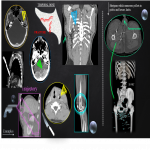Learning objectives
Identify the origin and cause of ectopic gas. We will briefly list local sources of ectopic air/gas in each space, followed by a revision of the local anatomy, highlighting the main connections among spaces.Recognize certain alarm signs.
(All figures submitted have been created by the author who confirm that the images are original).
Background
Ectopic gas is defined as the presence of gas in abnormal locations.Ectopic gas in the mediastinum, subperitoneal abdomen, and superficial soft tissues is concerning and can be seen in the setting of trauma, iatrogenic injuries, infection, and inflammation.As a result of fascial interconnectivity and pressure differences between compartments, gas can dissect distant from its source.Based on the embryologic development, an anatomical continuum exists between the spaces allowing air/gas to spread along them.[Fig 1]
Findings and procedure details
The authors discuss the different causes of ectopic gas with an etiopathogenic approach.Discuss common and uncommon causes of ectopic gas.
1- Spontaneous origin:
Gas can be spontaneously or incidentally depicted in daily radiologic practice without necessarily being related to iatrogenesis, trauma, malignancy, infection, or ischemic phenomena, such as in cholelithiasis or intervertebral disks.[2]
1.1 Spontaneous pneumomediastinum (SPM):
CT potentially allows differentiation of SPM from secondary pneumomediastinum, particularly when it is caused by traumatic tracheobronchial injury, esophageal rupture, or infectious mediastinitis, which are life-threatening causes of...
Conclusion
Ectopic air/gas represents a challenge to the radiologist.While ectopic gas can be a sign of dangerous disease requiring immediate medical or surgical intervention.The objective of our study was to retrospectively determine the anatomic distribution of ectopic gasRecognizing these findings may help prevent unnecessary laparotomy.
Personal information and conflict of interest
R. S. Loto:
Nothing to disclose
References
1-Ana Frias Vilaca, Alcinda Reis and Isabel Vidal. The anatomical compartments and their connections as demonstrated by ectopic air. Insights Imaging (2013) 4: 759-772
2-Maria Leturia Etxeberria, MD Maria Carmen Biurrun Mancisidor, MD Ane Ugarte Nuño, MDGorka Arenaza Choperena, MD Miguel Mendoza Alonso, MD Maite Esnaola Albizu, MD Alberto Serdio Mier, MD María Gredilla Sáenz, MD Virginia Gomez Usabiaga, MD. Imaging Assessment of Ectopic Gas Collections. RadioGraphics 2020; 40:1318–1338.
3-Derek W. Russell , Jubal R. Watts Jr. and Thomas A. Powers. Searching for the Source...


![Fig 1: Ectopic air/gas flow chart through different anatomical spaces.[1]](https://epos.myesr.org/posterimage/esr/ecr2022/160478/media/917333?maxheight=150&maxwidth=150)
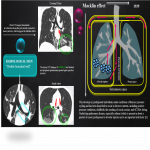
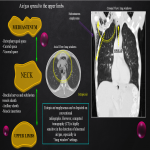
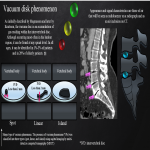
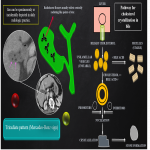

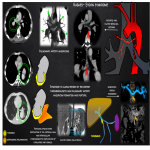
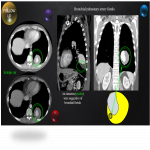
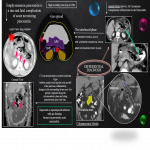
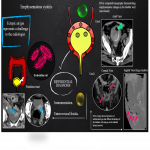

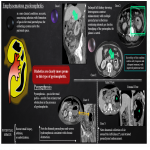
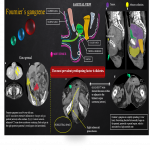
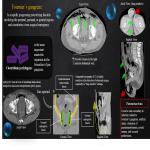
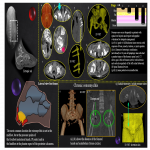
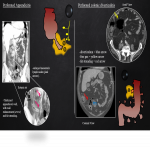
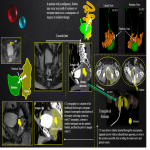
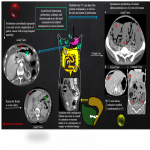
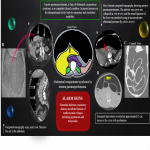
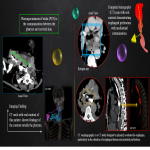
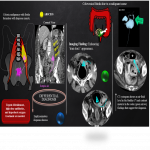
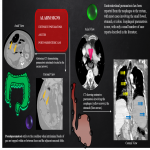
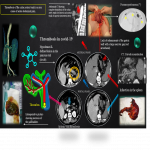
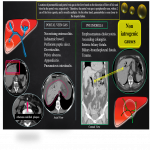
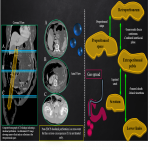
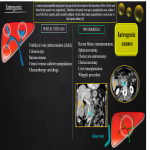
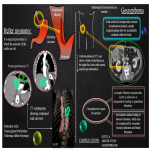
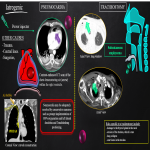
![Fig 29: Iatrogenic perforations due to enemas lead to adverse outcomes in elderly patients with a poor general condition.[9]](https://epos.myesr.org/posterimage/esr/ecr2022/160478/media/917361?maxheight=150&maxwidth=150)
